There is little doubt that interest rates can impact home prices. However, the relationship is not linear and can be counterintuitive. Movements in interest rates are influenced by many factors including, but not limited to, housing supply and demand conditions, the health of the economy, government policies and guidance, and other inherent risk factors.
Rising rates are often a sign of a booming housing market and economy as lenders capitalize on market strength and the Federal Reserve attempts to rein in inflation and housing appreciation. Some of the highest home sales volume and biggest home price increases actually occur during rising interest rate environments.
Conversely, declining interest rates are typically a means of stimulating a weak housing market or economy. As a result, some of the worst years for home sales occur when interest rates are low, and affordability is high. Rising rates can actually stimulate housing demand in the short-term by forcing fence-sitters to jump into the market before rates rise even more.
The first impact of rising rates often occurs in the form of slower home sales activity. Obviously, rising rates negatively impact purchasing power, and may push otherwise qualified home buyers out of the market. However, if the economy is strong and incomes are rising, the impact of rising interest rates is dampened.
Interest rates increased over 100 basis points over the last six months, recently briefly touching 4.0% after bottoming around 2.9% in August of 2021. The last time the market saw that kind of spike was from 4Q of 2017 to 4Q 0f 2018, when rates increased about 100 basis points, peaking at around 4.9% in November of 2018.
Looking at what happened from 4Q 2017 to 4Q 2018 is informative. Average monthly sales rates in the new home market in southern California dropped about 20% in 4Q 2018 below what otherwise would have been expected and inventory levels more than doubled to over a 6-month supply in most areas (3-months is considered to be equilibrium). Prior to the interest rate increases the market had been quite strong, with rising prices, above-average sales rates and below-average inventory.
New home builders reacted to slowing sales in 4Q 2018 in a number of different ways. Some lowered their base asking prices by 1.0% to 2.0%; but the vast majority held asking prices steady. Some reduced the premiums that they charged for their better lots. Some builders doubled or tripled incentives, which in most cases increased incentives by only about $5K to $10K per home (about 1.0% to 2.0% of home prices). Other builders reduced prices on options and upgrades. Interest rate buy-downs returned. These slight tweaks in prices worked in enticing buyers back into the market and allowed builders to start reducing their inventory of homes. Interest rates eventually declined, sales picked up even more, and prices resumed an upward trajectory.
So, what can we expect over the next few months?
After flirting at 4.0% last week, rates have already dipped back into the 3.8%-3.9% range. Many competing factors today are both pushing and pulling on rates that will cause volatility including:
Continued strong home sales
Inflation
Ukraine
COVID
Mid-term elections
As the housing market was quite strong before the recent rise in rates, we expect that the market will perform similarly to the last spike.
If rates remain elevated there will be some dampening of demand and moderate pressure on homebuilders to tweak prices downward, most likely in the form of higher incentives. Indeed, there have been scattered reports of homebuilders already offering interest rate buydowns. However, if rates settle back into the mid-to-low 3.0% range, expect the current undersupply of homes combined with strong demand to continue to put upward pressure on home prices.
We fully expect continued home price appreciation in 2022, albeit at lower levels than experienced in 2021.

